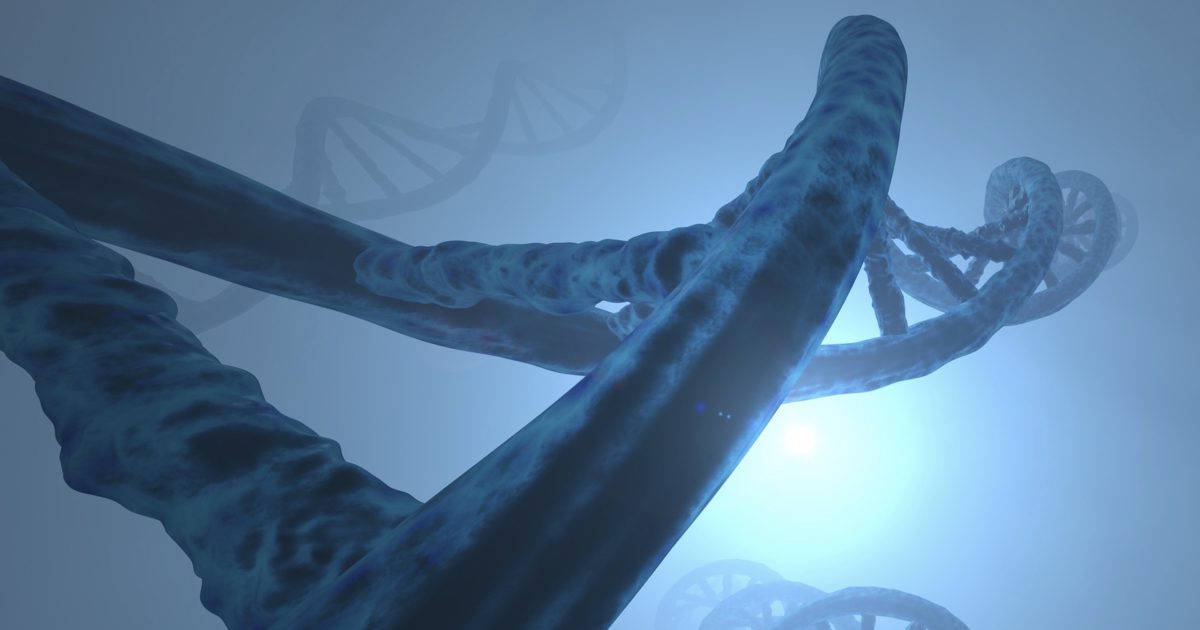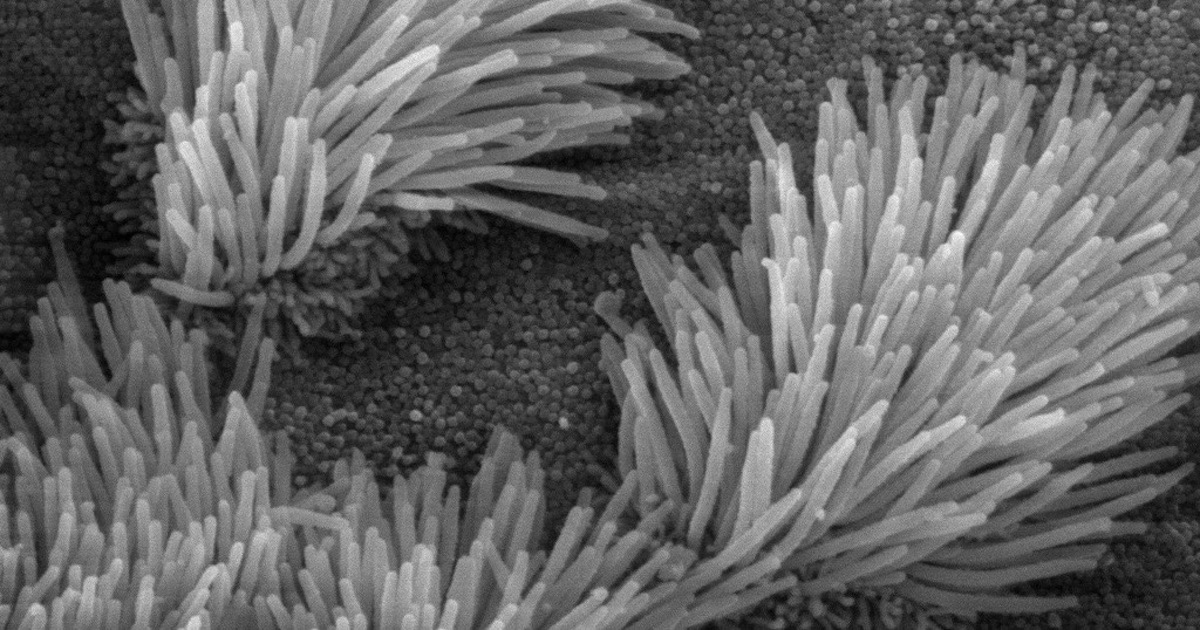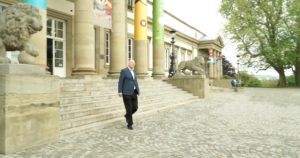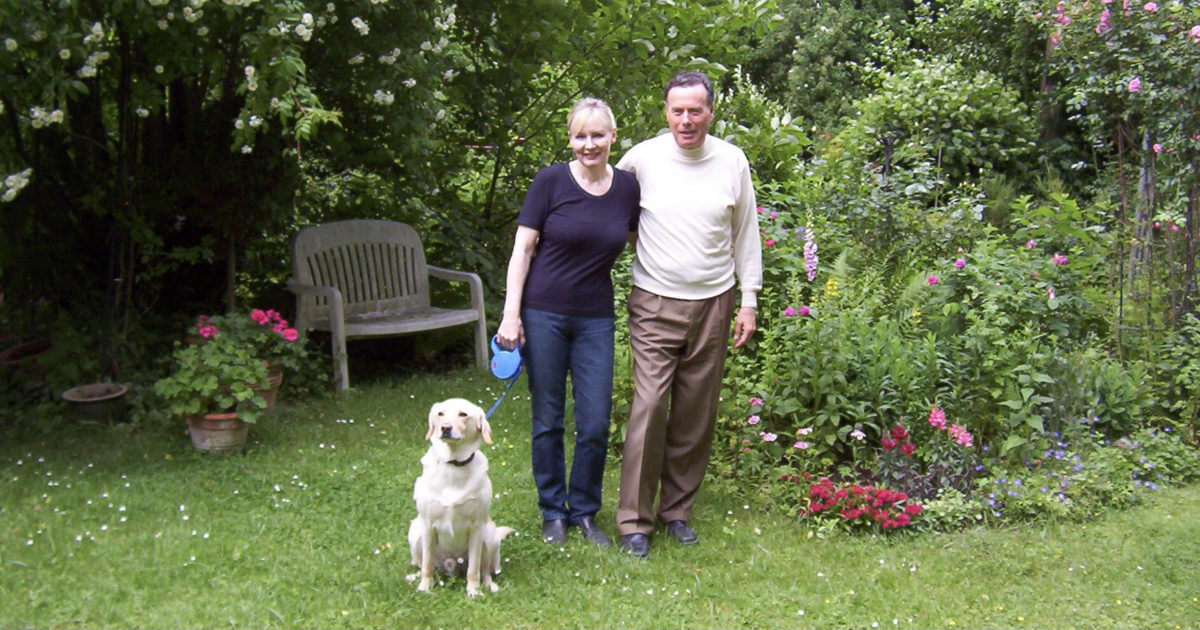
Science


Study: Planets Capable of Sustaining Photosynthesis Are Extremely Rare

Just Down the Street from ID: “Molecular Assembly Index”

Cilium and Intraflagellar Transport: More Irreducibly Complex than Ever

To an Italian ID Group, Günter Bechly Explains His Remarkable Journey

Intelligent Design, Ahead of Its Time: More on W. E. Lönnig’s 1971 Thesis

“Designed for [a] Purpose” — Heme Production Defeats Evolution

Jonathan Wells: Biological Information Beyond DNA

Can Crabs Think? Can Lobsters Feel?






































